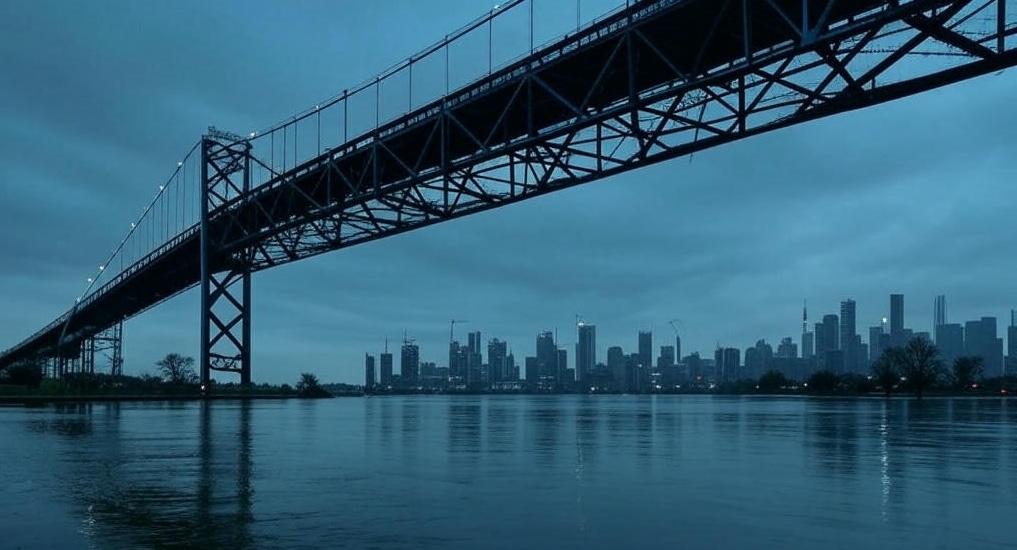Toronto’s real estate market braces for potential upheaval in 2025 as tariff uncertainty looms, driven by United States threats of imposing 25% tariffs on Canadian goods. Though not yet fully implemented as of today, these proposed tariffs – linked to border security and drug trafficking concerns – could reshape construction costs, buyer confidence, and investment trends. This blog explores the latest developments, their possible effects on Toronto’s property market, and strategies to prepare.
U.S. Tariff Threats Explained
The United States, Canada’s top trading partner, has threatened a 25% tariff on most Canadian imports and a 10% tariff on energy products, set to begin April 2, 2025, unless delayed again. Announced in November 2024 by President Donald Trump, these measures aim to pressure Canada on fentanyl flows and illegal crossings. Canada plans retaliatory 25% tariffs on $155 billion of U.S. goods, with $30 billion effective March 4, 2025, and more to follow if U.S. tariffs proceed. Steel and aluminum tariffs (25%) from the U.S. began March 12, 2025, per TRREB data.
Potential Effects on Construction Costs
Tariff uncertainty could hike construction costs in Toronto, where new housing is already scarce. Many building materials rely on U.S. supply chains:
- Glass products: $3.5 billion imported annually from the U.S. (Canadian Home Builders’ Association, 2025).
- Hardware: $2 billion yearly from U.S. sources.
- Lumber: Existing duties plus new tariffs could add 5–10% to costs (Storeys, 2025).
Higher costs might delay projects or increase home prices, deepening the supply crunch.
Economic Fallout
Beyond construction, tariff uncertainty threatens Toronto’s economy:
- Inflation: Import cost rises could push inflation past February’s 2.1% (Statistics Canada).
- Jobs: Export sectors like manufacturing may cut jobs, hitting household budgets.
- Dollar Value: A weaker Canadian dollar, possibly dropping further, raises borrowing costs.
These pressures could cool real estate demand as buyers and investors grow wary.
Shifts in Market Activity
Tariff uncertainty has already softened Toronto’s market. CREA noted a 9.8% national sales drop from January to February 2025, with GTA sales down 28.5% (National Bank of Canada, 2025). Listings rose 5.4% in February, and GTA home prices fell 2.2% to $1,084,547 year-over-year (TRREB, 2025), reflecting caution ahead of April’s tariff deadline.
Investment Considerations
Investors face uncertainty too:
- Foreign interest may wane with a weaker dollar.
- Pre-construction projects, with 24,000 units deferred since 2022 (OHBA, 2025), could stall further.
- Rental demand might rise if ownership costs climb, tightening vacancies.
Opportunities may emerge for those buying during a dip.
Buyer Strategies
Buyers can prepare for tariff uncertainty with these steps:
- Choose completed homes to avoid pre-construction cost risks.
- Track mortgage rates, as Bank of Canada may adjust if inflation spikes.
- Look to affordable GTA neighbourhoods for value.
Seller Strategies
Sellers can stay competitive by:
- Pricing below market, given the 1.6% GTA price drop in Q4 2024 (TRREB).
- Showcasing energy-efficient features to cut buyer costs.
- Offering flexible closings to ease buyer hesitation.
What’s Next
If tariffs hit April 2, 2025, costs and economic strain will likely rise. The Bank of Canada might lower rates to 2.5% if recession looms, though inflation could limit this. Federal GST relief on new homes, enacted in 2025, may help, but its effect is unclear. Toronto’s market resilience hinges on trade resolution.
Conclusion
Tariff uncertainty from U.S. threats could raise Toronto real estate costs and dampen demand. Proactive steps – buying smart, pricing right – can mitigate risks. Contact for a home evaluation or advice to stay ahead in this shifting market.



